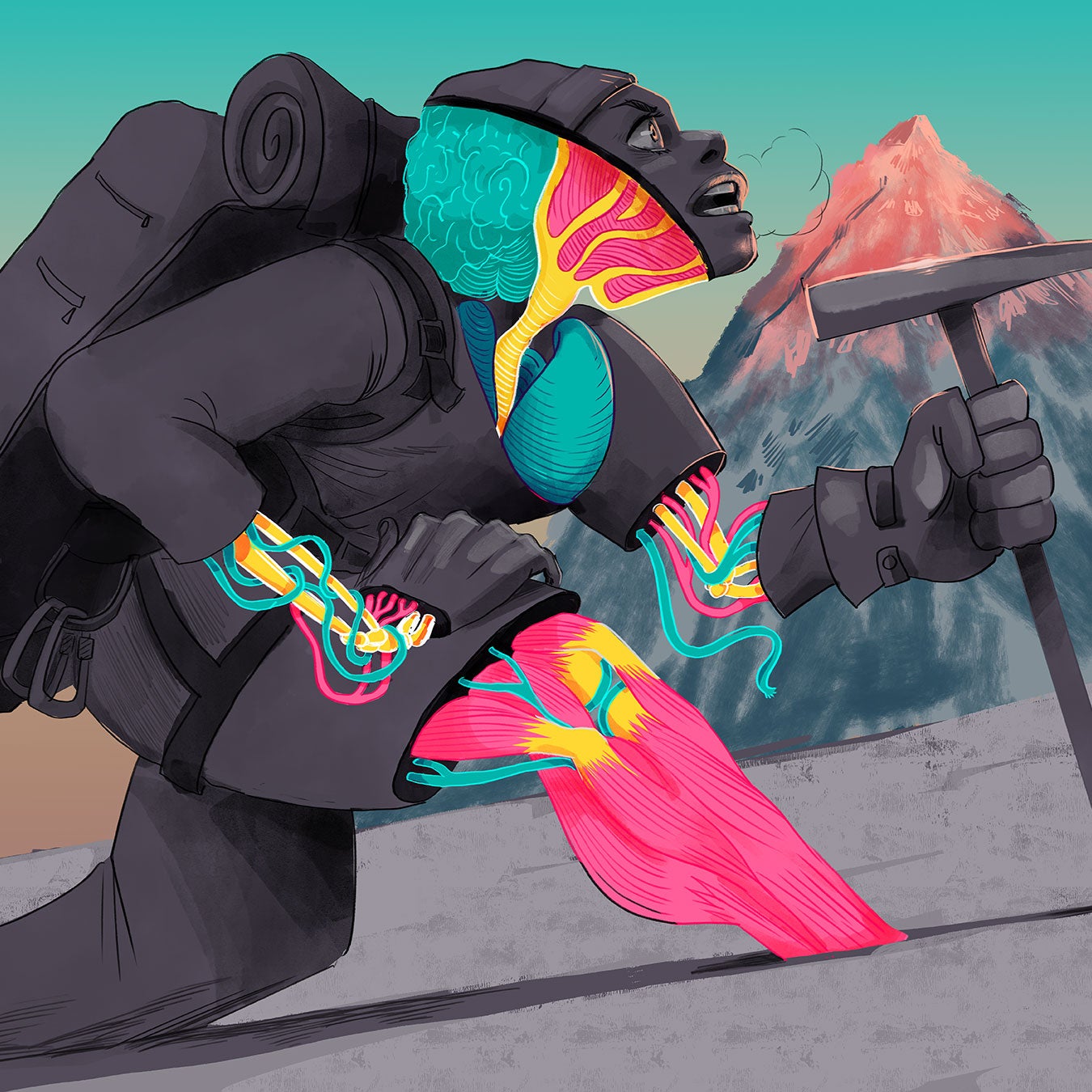For those who haven’t summited 29,029-foot Mount Everest, it’s nearly impossible to imagine the immense physical and psychological challenge of climbing to the top of the world. I’ve been as far as Base Camp, at 17,600 feet, where there’s about 50 percent of the oxygen in the air as there is at sea level. Even at that elevation, I felt weak and wholly unlike myself. As you get closer to the summit, the terrain is far more precarious and oxygen drops to 33 percent of sea level. “It’s like climbing stairs and holding two out of every three breaths,” Alan Arnette, who summited in 2011 and covers Everest news for ���ϳԹ���. “And that’s while using bottled oxygen.”
In an attempt to bring the madness of the Death Zone into focus, here’s what’s going on in your body while climbing Everest.

Brain
As you ascend, less oxygen in your blood means less oxygen in your brain. Much like any other organ, the brain declines in function when deprived of oxygen. Studies show that , , and (for example, coordination) all begin to diminish at 15,000 feet. This only gets worse—and becomes more dangerous—the higher you climb.
In dire scenarios, such as being at extreme altitude for long durations or without proper acclimatization, you become at greater risk for high-altitude cerebral edema (HACE), a swelling of the brain. Though scientists are not completely sure why HACE occurs, it because the body is trying to send more blood to the brain to make up for the decreased oxygen in any given volume of blood. Common symptoms of HACE include —science-speak for stumbling around like a drunk. HACE is no joke. It can rapidly progress and cause death within 24 hours. The : descending to lower altitudes immediately.
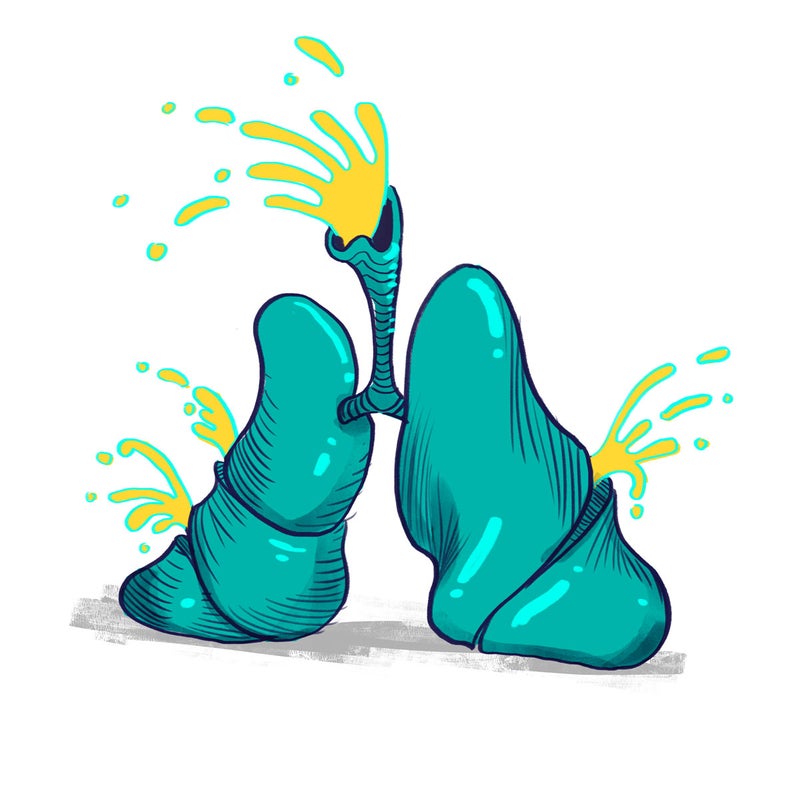
Lungs
Starting at around 9,000 feet, your lungs may begin to swell due to a , which can cause fluid to leak and accumulate. This can lead to a persistent cough, labored breathing, and greater perceived exertion upon exercise, all of which are common among climbers or even just people traveling from sea level to Colorado.
If the swelling in your lungs exacerbates, however, a dangerous condition called (HAPE) can occur. to look out for include a bluish discoloration of the skin, abnormally rapid breathing, and fever. Like HACE, the most effective treatment for HAPE is descending immediately, and the best way to prevent it is to ascend slowly and with proper acclimatization.
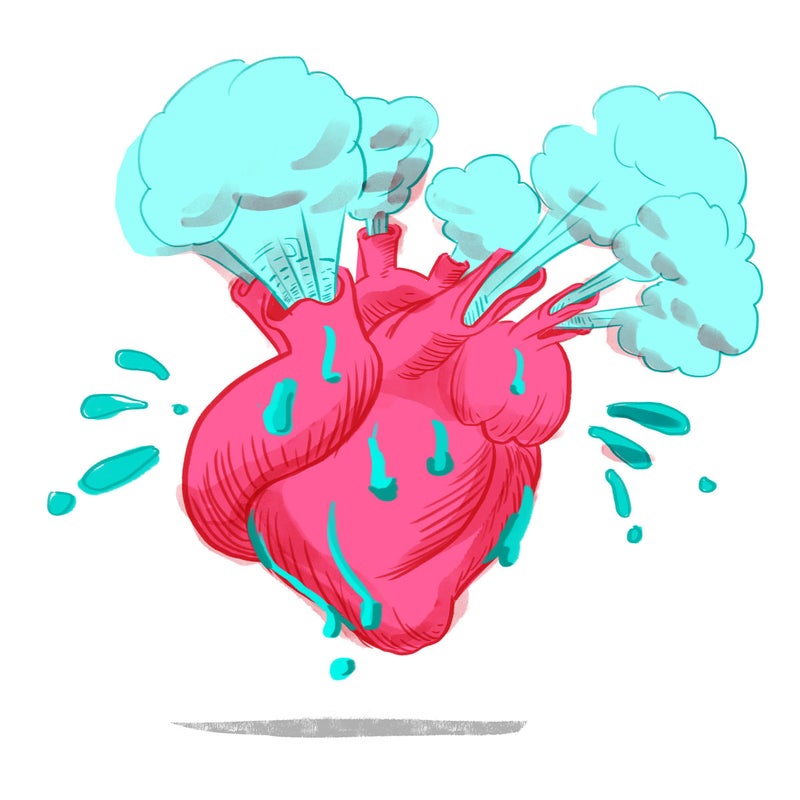
Heart
To supply your organs and muscles with enough oxygen to maintain functioning, your heart must work harder at altitude. This in a combination of an increased heart rate (more beats per minute) and greater force per beat. This explains why it may feel like your heart is pounding out of your chest, even at rest.
Additionally, your body creates more oxygen-carrying red blood cells as you acclimatize. This is generally helpful and something to be desired, but it does thicken your blood. Some researchers hypothesize this could precipitate heart attacks in those already predisposed to having them due to clogged arteries.

Eyes
Climbing Everest puts your eyes through the ringer. Low oxygen in the air can in the arteries that supply blood to your visual cortex, the part of your brain responsible for your sight. This explains why transient blindness. In some cases, the blood vessels in the eyes themselves hemorrhage. Though this sounds bad, often the only symptom is visible red splotches.
Meanwhile, increased ultraviolet radiation (you are a lot closer to the sun as you make your way up Everest) can lead to inflammation of the cornea, the eye’s outermost layer, which in something called snow blindness. Unlike the hemorrhages described above, snow blindness is a lot worse than it sounds: Not only do you lose your ability to see clearly, but you also experience severe pain, tearing, and the sensation of a foreign object stuck inside your eye. The best way to prevent snow blindness? Good UV-ray-blocking goggles.
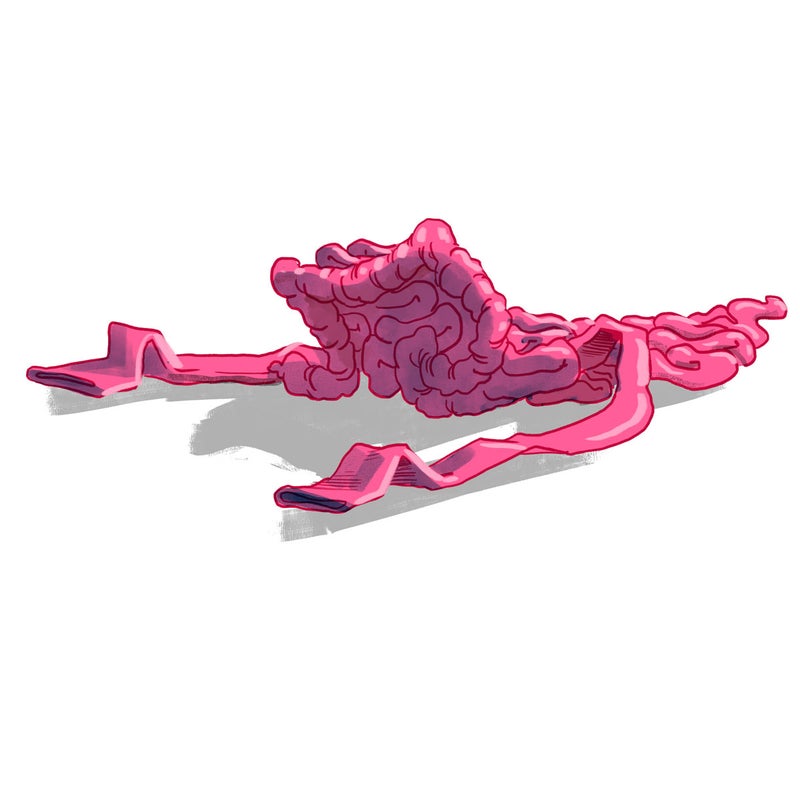
Gut
Digestion slows at altitude due to a lack of oxygen in the intestines and the body diverting blood to more critical organs and the muscles that are being used to climb. shows that 81 percent of mountaineers experience nausea and/or vomiting as a result. Additionally, in those climbing Everest, especially as they approach the peak. In addition to the nausea and vomiting, appetite loss is also due to systemic stress that throws off the hormones that regulate hunger. One found that Everest climbers generally lose between ten and 20 pounds.
According to , the best things to eat while climbing at altitude: simple foods that are easy to carry.
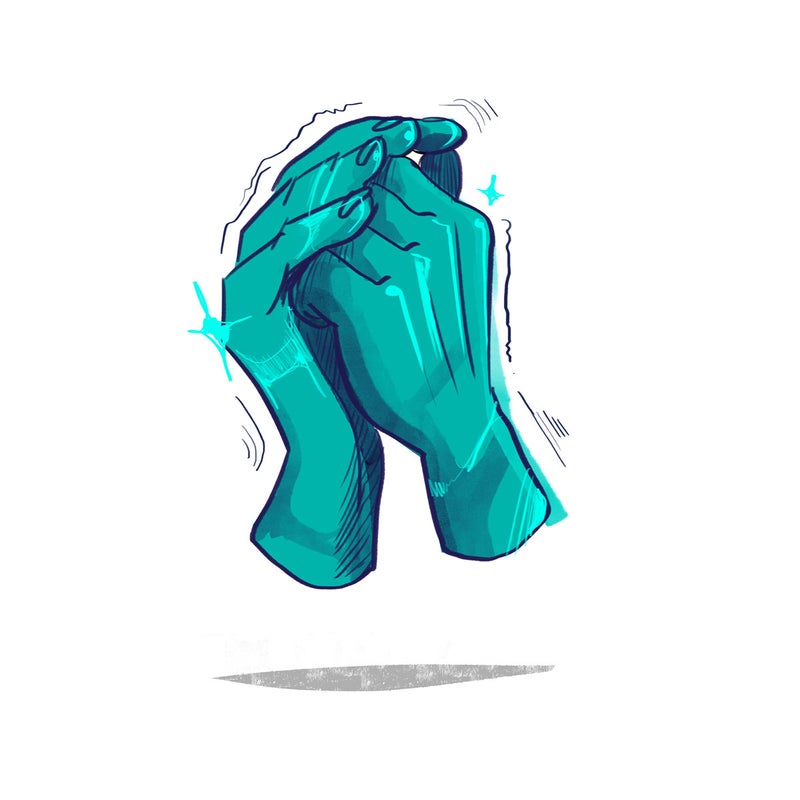
Hands, Feet, Ears, and Nose
According to the , during exposure to frigid temperatures like those on Everest—which can dip to minus 20 Fahrenheit during peak climbing season—at first you’re liable to feel a prickling, tingling sensation in your outer extremities. Over time, your extremities go numb, which indicates the beginning of frostbite. If not covered in additional layers and warmed swiftly, your skin turns a grayish-yellow and becomes hard and waxy. At this point, your joints may stop working as the affected areas become increasingly susceptible to irreversible tissue death, which requires amputation.
The best way to prevent frostbite is to ensure you have the highest-quality mittens, socks, boots, and headgear. And since windchill can the onset and worsening of frostbite do what you can to minimize wind exposure, like staying in your tent as often as possible.
Brad Stulberg () writes ���ϳԹ���’s Do It Better column and is the author of the book .


